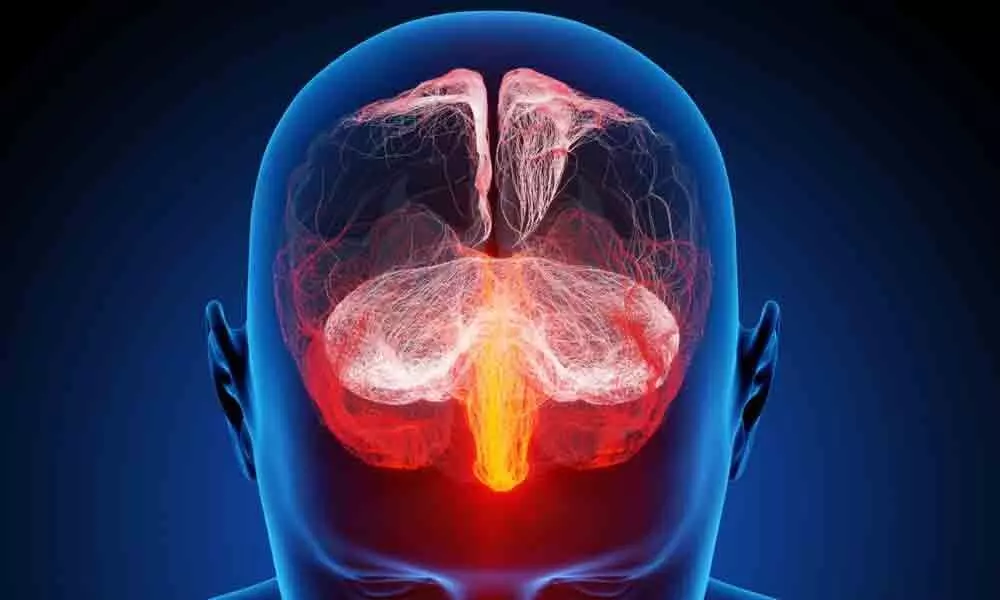Inflammation in the brain linked to several forms of dementia

Researchers have revealed that inflammation in the brain may be more widely implicated in dementias than was previously thought.
Inflammation in the brain - known as neuroinflammation - has been recognised and linked to many disorders including depression, psychosis and multiple sclerosis. It has also recently been linked to the risk of Alzheimer's disease.
For the study, published in the journal Brain, the researchers set out to examine whether neuroinflammation also occurs in other forms of dementia, which would imply that it is common to many neurodegenerative diseases.
The team recruited 31 patients with three different types of frontotemporal dementia (FTD). FTD is a family of different conditions resulting from the build-up of several abnormal 'junk' proteins in the brain.
"We predicted the link between inflammation in the brain and the build-up of damaging proteins, but even we were surprised by how tightly these two problems mapped on to each other," said study researcher Thomas Cope from University of Cambridge in the UK.
According to the researchers, patients underwent brain scans to detect inflammation and the junk proteins. Two Positron Emission Tomography (PET) scans each used an injection with a chemical 'dye', which lights up special molecules that reveal either the brain's inflammatory cells or the junk proteins.
In the first scan, the dye lit up the cells causing neuroinflammation. These indicate ongoing damage to the brain cells and their connections. In the second scan, the dye binds to the different types of 'junk' proteins found in FTD.
The researchers showed that across the brain, and in all three types of FTD, the more inflammation in each part of the brain, the more harmful build-up of the junk proteins there is.
To prove the dyes were picking up the inflammation and harmful proteins, they went on to analyse under the microscope 12 brains donated after death to the Cambridge Brain Bank.
"There may be a vicious circle where cell damage triggers inflammation, which in turn leads to further cell damage," sad study researcher Richard Bevan Jones.
The research team stressed that further research is needed to translate this knowledge of inflammation in dementia into testable treatments.










